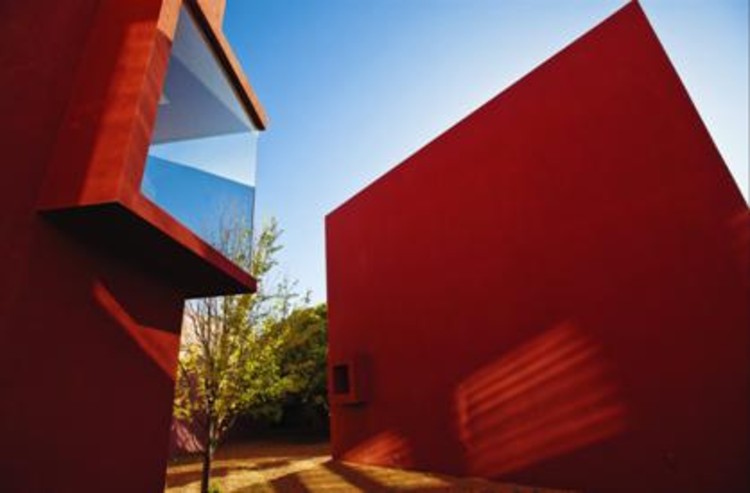
When the Twin Towers came down 11 years ago (almost to the day), the world was struck numb. Even New Yorkers, who felt the trauma rumble through their veins, couldn’t get past the initial disbelief: how can this be happening? How can something so big, so invincible, actually be so vulnerable?
Hundreds of comments have been hurled at Renzo Piano’s “Shard,” the massive, reflective skyscraper that hulks over the London skyline – it’s big, no, huge; it’s out of the context of its Victorian neighborhood; its exclusive price tag could only be footed by Qatar royalty (as it is) – but few, beyond writing off the tower as a symbol of arrogance or hubris, have stopped to consider its impetus.
For that, we must look at the Shard in the context of 9/11. Only then can the Shard be understood for what it is: the amplification and perfection of the glass tower Piano began in post-9/11 New York, a utopian vision that stands defiantly in defense of the city itself.










































